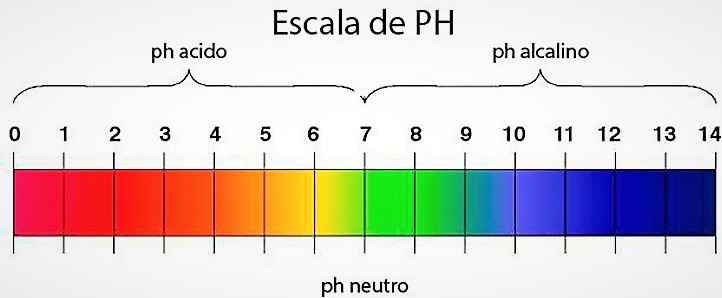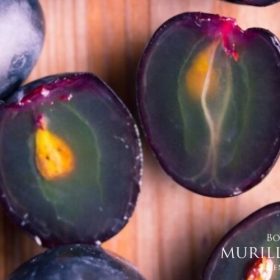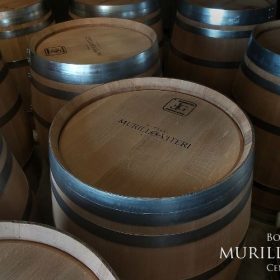Acidity: basic concepts and types
 Acidity is one of the most important elements in the elaboration of a wine. It is made up of 6 different acids, in a free or compound state, some derived from the grape and others from the different fermentation processes.
Acidity is one of the most important elements in the elaboration of a wine. It is made up of 6 different acids, in a free or compound state, some derived from the grape and others from the different fermentation processes.
The different types of acids contained in wine are the following:
Tartaric acid: this is the most characteristic of the grape and the most resistant to decomposition by bacteria.
Malic acid: also comes from the grape, and is the most widespread in nature (a very characteristic example is green apples). It is found in green grapes, and disappears during ripening and fermentation. During malolactic fermentation, the bacteria transform this acid into lactic acid and the wine improves considerably, as it provides smoothness and loses its acidity.
Succinic acid: it is very stable and somewhat viscous. It is formed during alcoholic fermentation.
Lactic acid: it is the result of malolactic fermentation, and comes from malic acid. It gives the wine a smooth, milky sensation.
Citric acid: it is not very abundant in the grape, providing a sensation of freshness and a touch of bitterness. It disappears after being fermented by lactic bacteria.
Acetic acid: is a natural result of yeast fermentation. Excess acetic acid is what causes the “vinegary” taste in wine.
Importance of acidity in wine
Acidity is of paramount importance in winemaking. Apart from giving it a fresh taste, it balances it and helps to stabilise its colour. Wine acids also act as natural preservatives and are especially important during fermentation. In addition, acidity helps inhibit the growth of bacteria that could spoil the wine.
Acidity is measured by pH, which determines the concentration of hydrogen ions. During winemaking at harvest we monitor the pH in the fermentation tanks daily. The higher the pH, the lower the acidity, and vice versa. As we can see in the picture, the pH scale is between 0 (the most acidic value) and 14 (the most basic value). In the case of wines, the values range from a pH value of 2.8 to 4.
The grapes from which wine is produced have different degrees of acidity depending on the grape variety (the acidity of some grapes is naturally high) and the location of the vineyard (grapes grown in cold climates develop higher acidity).
Our vineyards in the Tahola and Valdegún estates are located in Cenicero and Fuenmayor at an altitude of 466 metres and facing north. With a mainly calcareous soil and an average age of 25 years, they provide us with grapes with the optimum acidity to make the crianzas and reservas that our customers love so much.









 Deutsch
Deutsch Français
Français Italiano
Italiano Nederlandse
Nederlandse